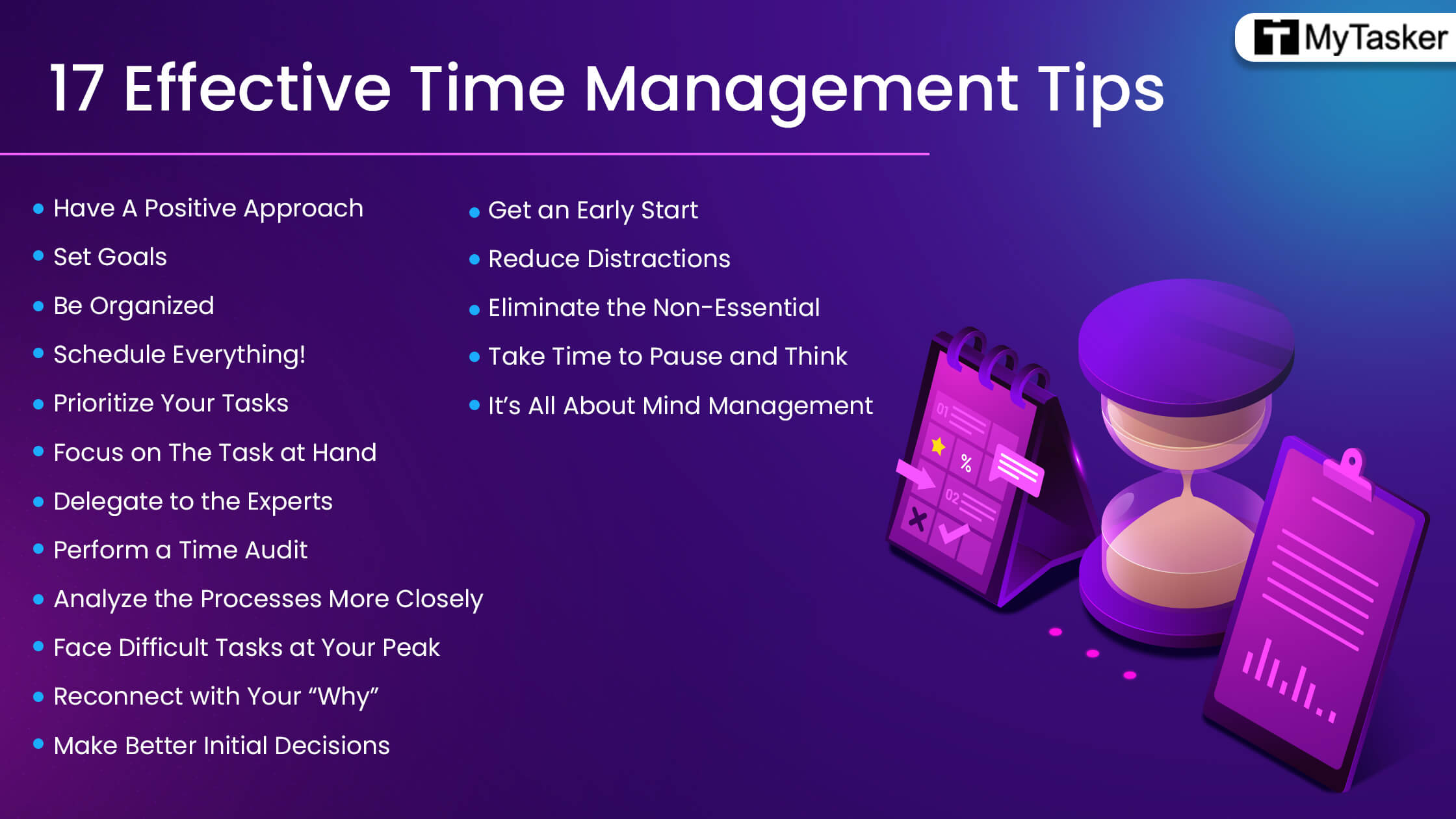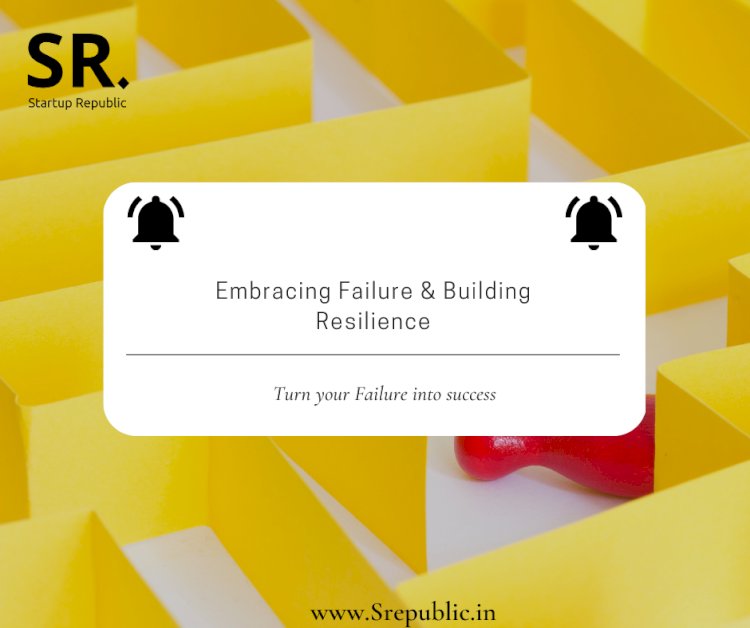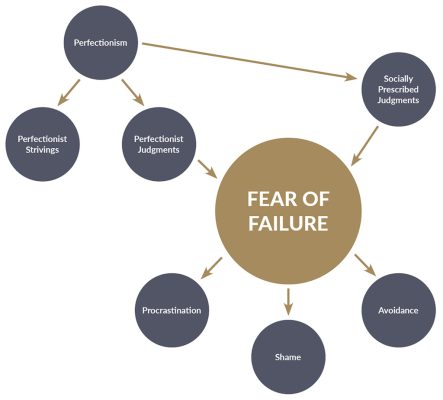
Mastering Your Clock: Essential Time Management Strategies for Busy Entrepreneurs
Being an entrepreneur is a thrilling journey, but let’s be honest: it often feels like juggling flaming chainsaws while riding a unicycle. You’re the CEO, the marketing department, the sales team, the customer service, and sometimes, even the coffee maker. With endless tasks and limited hours, time management isn’t just a buzzword; it’s your superpower for survival and success.
If you constantly feel overwhelmed, stressed, and like there aren’t enough hours in the day, this article is for you. We’re going to break down effective, easy-to-understand time management strategies that busy entrepreneurs can implement today to reclaim their time, boost productivity, and finally achieve that elusive work-life balance.
Why Time Management is Your Entrepreneurial Lifeline
Before we dive into the "how," let’s quickly understand the "why." For entrepreneurs, effective time management means:
- Increased Productivity: Getting more done in less time.
- Reduced Stress & Overwhelm: Feeling in control, not drowning.
- Better Decision-Making: Having the mental clarity to make smart choices.
- Improved Work-Life Balance: Creating space for family, hobbies, and self-care.
- Faster Business Growth: Focusing on high-impact activities that move the needle.
- Higher Quality Work: Avoiding rushed, last-minute efforts.
Ready to transform your chaotic schedule into a strategic blueprint? Let’s get started!
1. Understand Where Your Time Really Goes (The Time Audit)
You can’t manage what you don’t measure. The first step to effective time management is understanding how you currently spend your hours.
What is a Time Audit?
A time audit is simply tracking every single minute of your day for a few days (e.g., 3-7 days). You’ll write down what you’re doing, when you start, and when you stop.
- How to Do It:
- Use a simple notebook, a spreadsheet, or an app like Toggl Track or Clockify.
- Be honest! Don’t just track work; track breaks, social media, errands, everything.
- Categorize your activities (e.g., client work, marketing, emails, meetings, administrative, personal).
What You’ll Learn:
- Time Sinks: Where you’re wasting time (e.g., excessive social media, endless email checking).
- Productivity Peaks: When you’re most focused and effective.
- Actual Work Hours: How much time you really dedicate to your core business activities versus distractions.
This insight is powerful. It highlights areas for improvement and helps you make informed decisions about your schedule.
2. Prioritization: Doing What Matters Most
This is perhaps the most crucial strategy. As an entrepreneur, you have a million things to do. Prioritization helps you focus on the few things that will make the biggest difference.
The Eisenhower Matrix (Urgent/Important)
This famous matrix helps you categorize tasks based on their urgency and importance.
- Urgent: Requires immediate attention. Often reactive (e.g., responding to a crisis).
- Important: Contributes to your long-term goals and mission. Often proactive (e.g., strategic planning, skill development).
Here’s how it breaks down:
- Quadrant 1: Urgent & Important (Do Now!)
- Example: A client emergency, a deadline for a major project, a critical system bug.
- Action: Tackle these immediately.
- Quadrant 2: Important, Not Urgent (Schedule It!)
- Example: Strategic planning, skill development, building client relationships, marketing campaigns.
- Action: These are your growth tasks. Schedule dedicated time for them. This is where entrepreneurs truly thrive.
- Quadrant 3: Urgent, Not Important (Delegate It!)
- Example: Some emails, routine meetings, interruptions, administrative tasks that others can do.
- Action: Can someone else do this? If so, delegate it. If not, do it quickly and efficiently.
- Quadrant 4: Not Urgent & Not Important (Eliminate It!)
- Example: Mindless social media scrolling, excessive news consumption, busywork that doesn’t contribute to goals.
- Action: These are distractions. Eliminate them or drastically reduce their time.
The 80/20 Rule (Pareto Principle)
This principle suggests that roughly 80% of your results come from 20% of your efforts.
- How to Apply It: Identify the 20% of your tasks that deliver 80% of your business results (e.g., specific sales activities, key client interactions, product development). Focus your energy there.
- Example: 20% of your clients might bring in 80% of your revenue. Focus on nurturing those relationships. 20% of your marketing efforts might generate 80% of your leads. Double down on those.
ABCDE Method
A simple way to prioritize your daily to-do list:
- A: Most important tasks, must be done today. (e.g., Call a key client)
- B: Important tasks, but less critical than A. (e.g., Research a new tool)
- C: Nice to do, but no real consequences if not done today. (e.g., Organize desktop files)
- D: Delegate. (e.g., Schedule social media posts)
- E: Eliminate. (e.g., Attend a non-essential webinar)
3. Effective Planning & Scheduling
Once you know what’s important, you need to plan when and how you’ll do it.
Time Blocking: Your Calendar is Your Boss
Instead of just listing tasks, schedule them into your calendar like appointments.
- How it Works:
- Block out specific chunks of time for specific tasks (e.g., "9:00 AM – 10:30 AM: Deep Work – Content Creation," "11:00 AM – 12:00 PM: Client Calls").
- Treat these blocks as non-negotiable meetings with yourself.
- Include blocks for email, breaks, and even personal time.
- Benefits:
- Ensures important tasks get done.
- Reduces distractions during focused work.
- Gives you a clear visual of your day.
Batching Similar Tasks
Group similar tasks together and do them all at once. This reduces "context switching" (the mental effort of jumping between different types of tasks), which drains energy and time.
- Examples:
- Email Batching: Check and respond to emails only 2-3 times a day (e.g., 10 AM, 2 PM, 5 PM) instead of constantly.
- Meeting Batching: Schedule all your meetings on one or two dedicated days.
- Content Creation Batching: Write all your blog posts or social media captions for the week/month in one sitting.
- Administrative Batching: Pay all bills, organize files, and do other admin tasks once a week.
"Eat the Frog" First
This popular strategy (from Brian Tracy) means tackling your most important, challenging, or dreaded task first thing in the morning.
- Why it Works:
- You have the most energy and willpower early in the day.
- Completing a difficult task provides a huge sense of accomplishment, boosting your momentum for the rest of the day.
- You avoid procrastinating and carrying the stress of the task around with you.
4. Taming Distractions & Boosting Focus
In the digital age, distractions are everywhere. Learning to minimize them is key to deep, productive work.
Create a Dedicated Workspace
Whether it’s a home office, a corner of a room, or a co-working space, have a designated area for work that’s free from personal distractions.
- Tips:
- Keep it clean and organized.
- Ensure good lighting.
- Minimize clutter.
- Inform family/housemates about your work hours.
Silence Notifications
Every "ping" is a mini-interruption that breaks your focus.
- Action: Turn off notifications on your phone and computer (except for truly critical alerts). Put your phone in another room or on silent during focused work blocks.
Close Unnecessary Tabs & Apps
The more tabs you have open, the more scattered your attention.
- Action: Close anything not directly related to the task at hand. Use tools that block distracting websites during work hours if needed.
The Pomodoro Technique
This simple time management method uses a timer to break down work into focused intervals, traditionally 25 minutes in length, separated by short breaks.
- How it Works:
- Choose a task.
- Set a timer for 25 minutes (one Pomodoro).
- Work on the task until the timer rings. If you get distracted, make a quick note and refocus.
- Take a short 5-minute break.
- After four Pomodoros, take a longer break (15-30 minutes).
- Benefits: Helps you focus, prevents burnout, and makes daunting tasks feel more manageable.
5. The Power of Delegation & Outsourcing
You cannot do everything yourself, and trying to will only lead to burnout. Smart entrepreneurs know when to pass the baton.
What to Delegate?
- Tasks you dislike: If you dread doing something, it often takes longer and drains your energy.
- Tasks that are repetitive: Data entry, social media scheduling, routine reports.
- Tasks that are outside your expertise: Graphic design, complex accounting, web development.
- Tasks that take up too much time but aren’t high-value: Email management, calendar scheduling.
Who to Delegate To?
- Virtual Assistants (VAs): Can handle a wide range of administrative, social media, and research tasks.
- Freelancers: For specific projects like web design, copywriting, video editing, or accounting.
- Team Members: If you have employees, empower them by assigning tasks that align with their skills and development goals.
- Automation Tools: (See next section) Sometimes, a tool can do the work of a person.
Delegation isn’t just about offloading; it’s about freeing up your time to focus on the strategic, high-impact activities only you can do to grow your business.
6. Leveraging Technology Wisely
Technology can be a huge asset or a huge distraction. Use it to support your time management, not complicate it.
Essential Tools for Entrepreneurs:
- Calendar Apps (Google Calendar, Outlook Calendar): For time blocking and scheduling.
- Project Management Tools (Asana, Trello, ClickUp, Monday.com): To organize tasks, track progress, and collaborate with teams.
- Note-Taking Apps (Evernote, Notion, OneNote): To capture ideas, meeting notes, and create reference libraries.
- Communication Tools (Slack, Microsoft Teams): For efficient internal team communication, reducing email clutter.
- Automation Tools (Zapier, IFTTT): To connect different apps and automate repetitive tasks (e.g., automatically save email attachments to Dropbox, post Instagram photos to Twitter).
- CRM (Customer Relationship Management) Software (HubSpot, Salesforce, Zoho CRM): To manage leads, customer interactions, and sales processes.
Pro Tip: Don’t get overwhelmed by too many tools. Start with one or two that address your biggest pain points, learn them well, and then consider adding more if truly needed.
7. The Importance of Self-Care & Breaks
This might seem counter-intuitive when you’re busy, but neglecting your well-being is a recipe for burnout and drastically reduced productivity. You are your business’s most valuable asset!
Schedule Breaks
Short, regular breaks (5-15 minutes every 60-90 minutes) actually improve focus and prevent mental fatigue.
- What to Do: Stand up, stretch, walk around, grab water, look out a window, do a few jumping jacks. Avoid social media during these breaks.
Prioritize Sleep
Lack of sleep impairs concentration, decision-making, and creativity. Aim for 7-9 hours of quality sleep.
- Tips: Establish a consistent bedtime routine, make your bedroom dark and cool, avoid screens before bed.
Incorporate Physical Activity
Exercise is a powerful stress reliever and energy booster.
- Action: Even 20-30 minutes of walking, yoga, or a quick workout can make a huge difference. Schedule it into your day like any other important task.
Dedicate Time for Recharge
This means truly disconnecting from work.
- Examples: Spend quality time with family/friends, pursue a hobby, read a book, meditate, spend time in nature. This isn’t wasted time; it’s essential for sustained performance.
8. Review, Reflect, & Adjust
Time management isn’t a one-and-done solution; it’s an ongoing process of learning and refinement.
Weekly Review
Set aside 30-60 minutes at the end of each week (e.g., Friday afternoon) to:
- Review your past week: What went well? What didn’t? Where did you get sidetracked?
- Update your task lists and projects: Move unfinished tasks, delete irrelevant ones.
- Plan your upcoming week: Set your priorities using the strategies above, time block your calendar.
- Reflect on your goals: Are you still on track? Do your activities align with your long-term vision?
Be Flexible
Life happens! Unexpected issues will arise. Don’t let a perfectly planned day crumble your entire system. Learn to adjust, reschedule, and move forward without guilt. The goal is progress, not perfection.
Experiment and Find What Works for You
Not every strategy will fit your unique personality or business. Try different techniques, adapt them, and keep what works best for you.
Conclusion: Take Back Control of Your Entrepreneurial Journey
Time management might seem like another item on your already overflowing to-do list, but it’s the key to unlocking true freedom and growth as an entrepreneur. By understanding where your time goes, prioritizing relentlessly, planning strategically, minimizing distractions, delegating wisely, leveraging technology, and taking care of yourself, you’re not just managing your time – you’re mastering your life.
Start small. Pick one or two strategies from this guide and implement them consistently for a week. You’ll be amazed at the positive ripple effect it has on your productivity, your stress levels, and ultimately, the success of your business.
Your time is your most valuable asset. Invest it wisely.




Post Comment